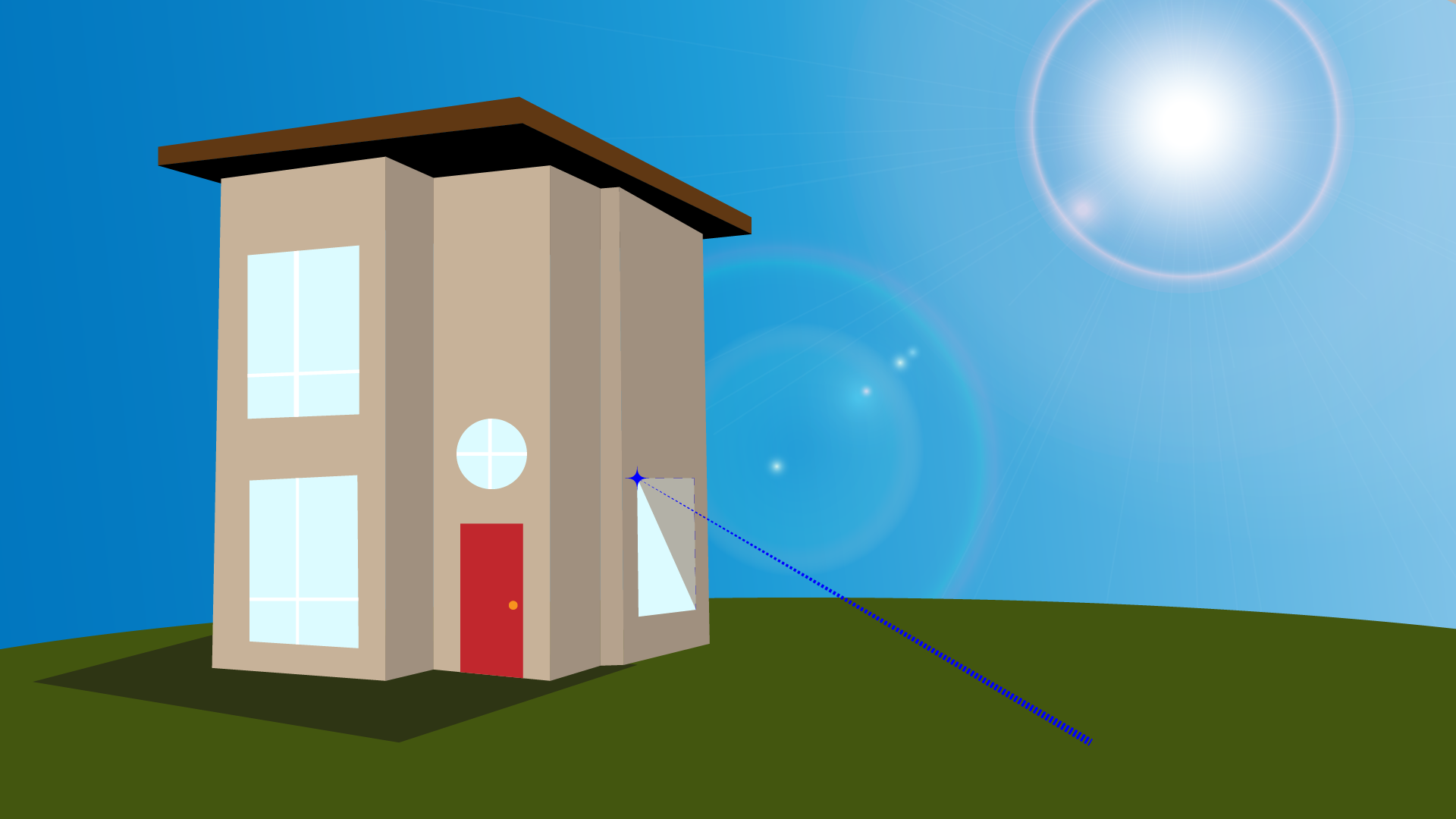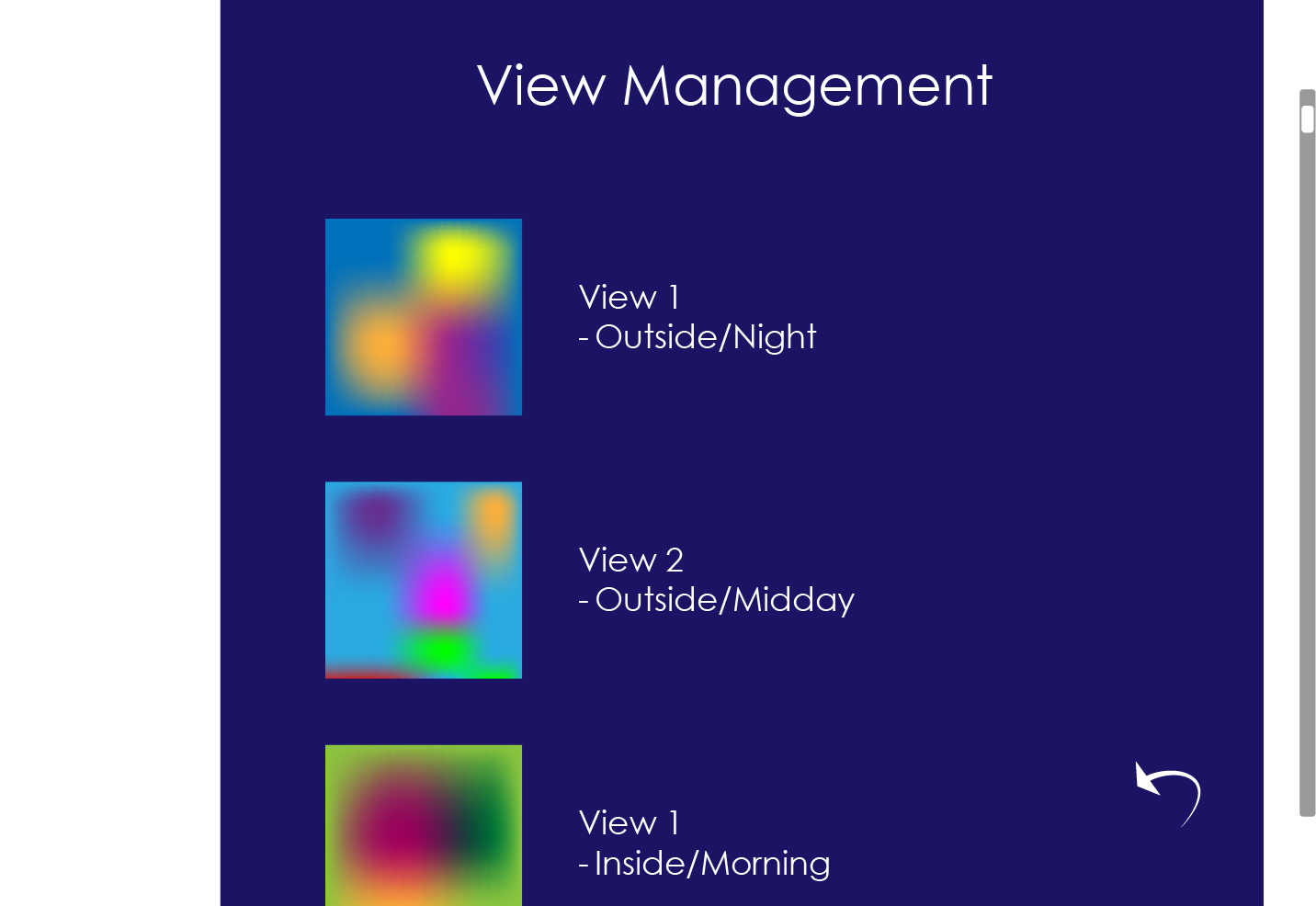BEAMvr
Brilliance Emulation and Architectural Modeling

For my Mixed Reality Project class, I pitched the idea of creating a virtual reality rapid architectural modeling application that could also simulate different lighting conditions. This isn’t a novel idea, but it encompasses many of the types of topics we work on in our lab from virtual reality, lighting simulation, and drawing in mixed reality while also being simple enough for me to use this project to build my skills.
Besides being a relevant project to strengthen my VR skills, the project is rooted in real world motivations. To start with, lighting simulation is already common technique in architectural design which demonstrates the need for lighting simulation applications in this discipline (Ochoa et al., 2012). Simulating lighting before construction can help with energy sustainability and the overall function of the spaces inside (Acosta et al., 2019). Most of the tools that already exist are for the later stages of building modeling (Ochoa et al., 2012).
Lastly and most pressing, is the fact that impacts of Covid-19 have lowered satisfaction rates of architectural students as well as diminished the intuitions gained by students from traditional architectural instruction (Grover & Wright, 2023). Finding engaging and immersive education techniques for architectural students may help to address the current gap.
The project was proposed as a three person endeavor with three main features:
Feature 1: Geometry Specification

This feature will allow users to specify points, planes, and materials for rapid prototyping of buildings. The geometry specification will need to include a UI to enable greater control and customization.
Feature 2: Lighting System

This feature will control the lighting conditions such as intensity and direction of the main light source. ADditionally, there will need to be the ability to place and adjust smaller level lights such as point lights and spot lights. A UI will be needed to allow users granular control of the light and general data about the conditions such as a general description of the time of day.
Feature 3: View Management

Lastly, the view management system will serve to save and load in lighting and user position settings. This will act as an alternative way to travel throughout the created model by enabling users to teleport to previously saved views.
Updates
Updates of our application will be posted to to our YouTube playlist - BEAMvr Team.
I also want to acknowledge the hard work and dedication of my teammates. This project would not be possible without the amazing efforts of David and Chris. I look forward to the application that we will build together.
References
Acosta, I., Campano, M. Á., Domínguez, S., & Fernández-Agüera, J. (2019). Minimum Daylight Autonomy: A New Concept to Link Daylight Dynamic Metrics with Daylight Factors. LEUKOS, 15(4), 251–269. https://doi.org/10.1080/15502724.2018.1564673
Grover, R., & Wright, A. (2023). Shutting the studio: The impact of the Covid-19 pandemic on architectural education in the United Kingdom. International Journal of Technology and Design Education, 33(3), 1173–1197. https://doi.org/10.1007/s10798-022-09765-y
Ochoa, C. E., Aries, M. B. C., & Hensen, J. L. M. (2012). State of the art in lighting simulation for building science: A literature review. Journal of Building Performance Simulation, 5(4), 209–233. https://doi.org/10.1080/19401493.2011.558211